Stove fireplaces are an awesome way to heat your space while adding a cozy vibe. These fixtures pack a punch, providing warmth and comfort in a stylish package. Whether you have a modern or rustic home, there's a stove fireplace that fits perfectly into your decor and keeps you toasty.
Stove Fireplaces
Cozy up your home with the warmth and charm of beautiful stove fireplaces
Product List
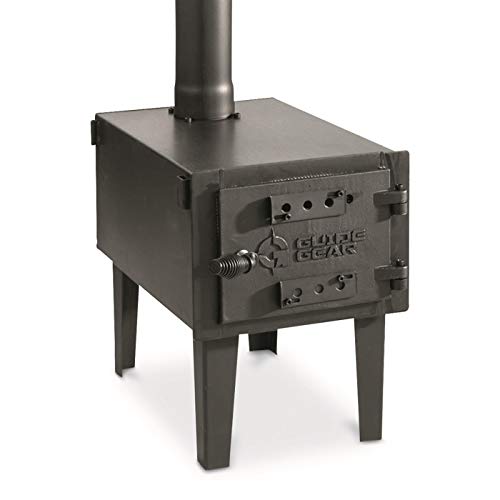
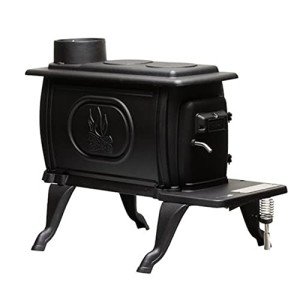

Ashley Hearth Wood Stove
Ashley Hearth
Product Review Score
4.51 out of 5 stars
108 reviews$3,088.97
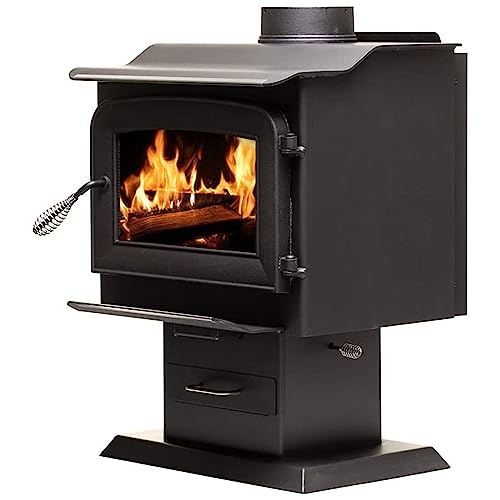
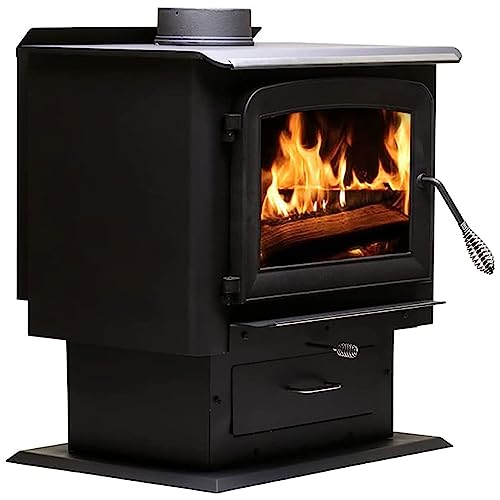
Ashley Hearth Wood Stove
Ashley Hearth
Product Review Score
4.77 out of 5 stars
27 reviews$1,199.99
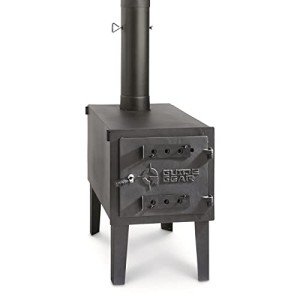
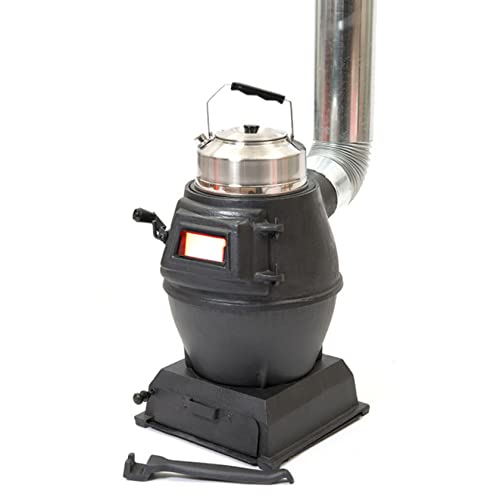


Ashley Hearth Black Stove Insert
Ashley Hearth
Product Review Score
4.4 out of 5 stars
68 reviews$1,399.99



Stove fireplaces have gained popularity in homes for their aesthetics, efficiency, and functionality. They offer a combination of ambiance and practicality and can fit a range of architectural styles and preferences. In this guide, we will explore the many facets of stove fireplaces, including their types, benefits, installation considerations, maintenance, and answers to frequently asked questions.
Table of Contents
- Introduction to Stove Fireplaces
- Types of Stove Fireplaces
- Wood-Burning
- Gas
- Pellet
- Benefits of Stove Fireplaces
- Installation Considerations
- Maintenance Tips
- FAQs
- Conclusion
1. Introduction to Stove Fireplaces
Stove fireplaces differ from traditional fireplaces primarily in their construction and fuel source. They provide a more efficient heating method and are often easier to install than conventional masonry fireplaces. With designs ranging from classic to contemporary, stove fireplaces can enhance a home's aesthetic while providing cozy warmth.
2. Types of Stove Fireplaces
Stove fireplaces come in several varieties, each with unique features. Below is a table summarizing various types of stove fireplaces and their characteristics.
| Type | Fuel Source | Efficiency | Installation Cost | Maintenance Level |
|---|---|---|---|---|
| Wood-Burning | Wood logs | Moderate to High | Moderate | High |
| Gas | Natural gas or propane | High | High | Low |
| Pellet | Wood pellets | High | Moderate to High | Moderate |
Wood-Burning Stoves
Wood-burning stoves are the classic choice for many homeowners, offering the authentic crackle and aroma of burning wood. They are generally more environmentally friendly, as they utilize renewable resources. However, they require more maintenance, including regular cleaning of the chimney and stove to ensure efficient burning and to prevent creosote buildup, which can cause chimney fires.
Gas Stoves
Gas stoves are a convenient option, providing immediate heat with the flick of a switch. They come in both natural gas and propane varieties, making them suitable for a variety of homes. Gas stoves require less maintenance than wood-burning models and are often equipped with safety features. The downside is a higher installation cost, as they require proper venting and gas lines.
Pellet Stoves
Pellet stoves use compressed wood pellets as fuel, allowing for a cleaner and more efficient burn. They typically come with automated features, including an auger that feeds pellets into the combustion chamber, making them easier to use than traditional wood-burning stoves. Pellet stoves can be more expensive initially, but their higher efficiency may lead to cost savings in fuel over time.
3. Benefits of Stove Fireplaces
Stove fireplaces offer several advantages that can enhance both comfort and practicality in the home. Below are some key benefits:
-
Energy Efficiency: Many modern stove fireplaces have high thermal efficiency ratings, allowing for better heat retention and lower energy bills.
-
Aesthetics: They provide a charming focal point in any room, enhancing the overall decor with their wide range of designs.
-
Space-Efficient: Stove fireplaces generally take up less space than traditional built-in fireplaces, making them ideal for smaller homes or rooms.
-
Versatility: They can be installed in various locations within the home, including living rooms, basements, or even outdoor areas.
-
Environmental Impact: Wood and pellet stoves can be more environmentally friendly than gas stoves when sourced responsibly, as they utilize renewable resources.
4. Installation Considerations
Installing a stove fireplace requires careful planning. Here are some factors to consider:
1. Location:
The stove should ideally be placed in an area where heat can effectively circulate throughout the space.
2. Ventilation:
Proper venting is crucial, especially for gas and wood-burning stoves. Consult a professional to ensure that the installation meets local codes.
3. Surroundings:
Non-combustible materials should surround the stove to prevent fire hazards. Additionally, ensure adequate clearance from any flammable materials.
4. Size and Type:
Choose a stove that is suitably sized for the room in which it will be installed. Oversized or undersized stoves can lead to inefficient heating and increased energy costs.
5. Fuel Availability:
Consider the availability of your chosen fuel type. For wood-burning stoves, ensure you have access to seasoned firewood; for gas stoves, check plumbing requirements.
5. Maintenance Tips
To maximize the lifespan and efficiency of your stove fireplace, regular maintenance is necessary. Here are some essential maintenance tips:
-
Chimney Cleaning: Schedule a yearly sweeping of the chimney to remove soot and creosote buildup.
-
Inspect Seals and Gaskets: Regularly check the seals and gaskets on wood and gas stoves to ensure they are airtight, which improves efficiency.
-
Pellet Stove Maintenance: Clean the burn pot and auger regularly to ensure consistent fuel flow and optimal combustion.
-
General Cleaning: Frequently dust and clean the exterior of the stove to maintain its appearance.
6. FAQs
Q: How much does it cost to install a stove fireplace?
A: Installation costs can vary widely depending on the type of stove, complexity of the installation, and local labor rates. On average, costs range from $1,500 to $5,000, including the stove and installation.
Q: Are stove fireplaces safe?
A: Yes, when properly installed and maintained, stove fireplaces are safe to use. Always follow manufacturer guidelines and consult professionals for installation and maintenance.
Q: Can I install a stove fireplace myself?
A: While some individuals may attempt DIY installations, it is highly recommended to hire a professional, especially for gas and wood-burning models which need to adhere to specific codes and safety protocols.
Q: What is the most efficient type of stove?
A: Pellet stoves often boast the highest efficiency ratings, but quality wood-burning and gas stoves can also provide excellent heating efficiency, depending on specific models.
7. Conclusion
Stove fireplaces are a warm and inviting addition to any home, blending efficiency with aesthetic appeal. With various types available, homeowners can choose the best option to suit their needs, preferences, and living space. When properly installed and maintained, stove fireplaces can provide comfort and ambiance for years to come. Whether you prefer the crackling sounds of wood, the convenience of gas, or the efficiency of pellets, a stove fireplace can transform your living environment into a cozy retreat.
